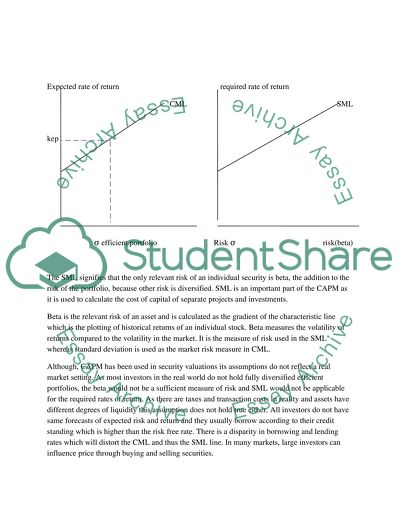Cite this document
(“Outline and discuss the Capital Asset Pricing Model (CAPM) as means of Essay - 2”, n.d.)
Retrieved from https://studentshare.org/environmental-studies/1414325-outline-and-discuss-the-capital-asset-pricing
Retrieved from https://studentshare.org/environmental-studies/1414325-outline-and-discuss-the-capital-asset-pricing
(Outline and Discuss the Capital Asset Pricing Model (CAPM) As Means of Essay - 2)
https://studentshare.org/environmental-studies/1414325-outline-and-discuss-the-capital-asset-pricing.
https://studentshare.org/environmental-studies/1414325-outline-and-discuss-the-capital-asset-pricing.
“Outline and Discuss the Capital Asset Pricing Model (CAPM) As Means of Essay - 2”, n.d. https://studentshare.org/environmental-studies/1414325-outline-and-discuss-the-capital-asset-pricing.


